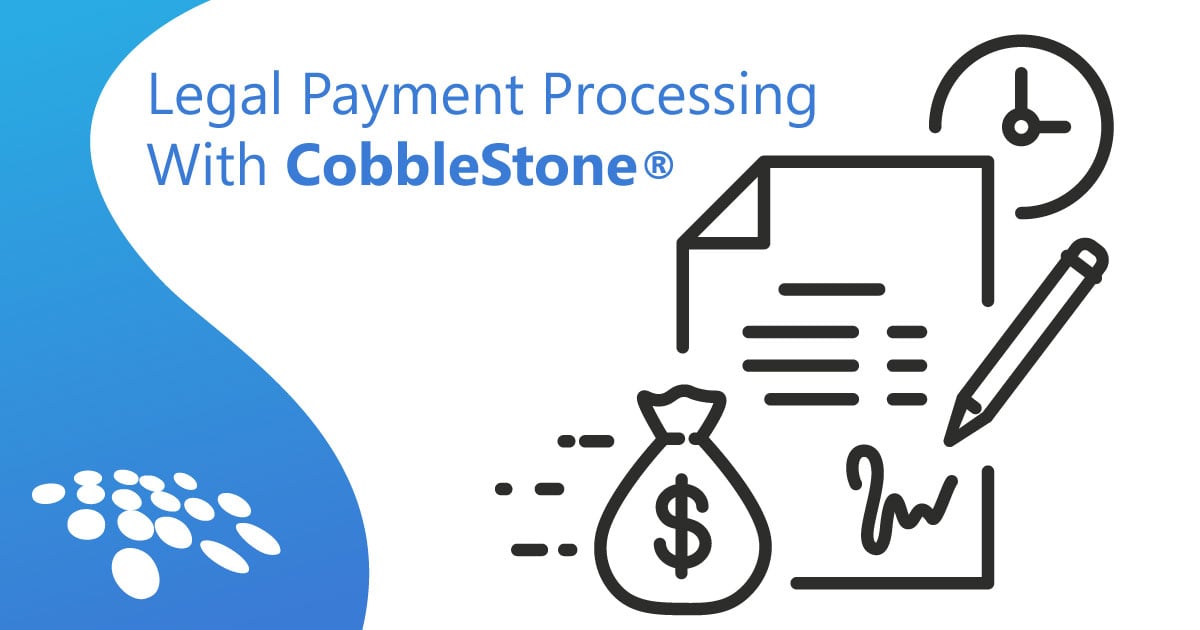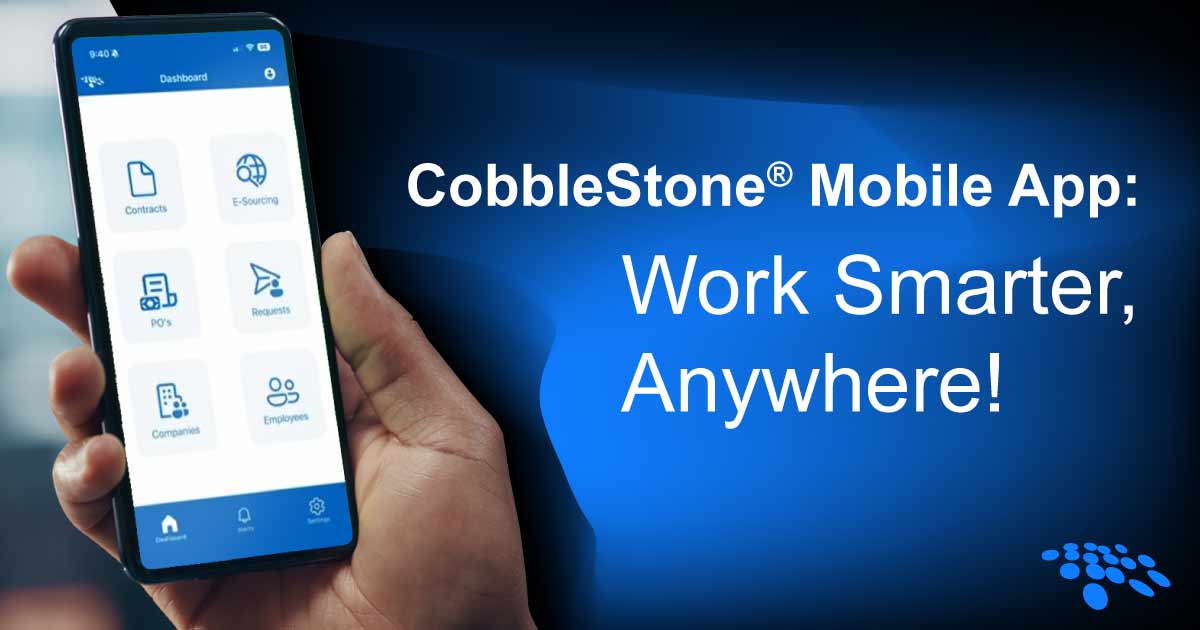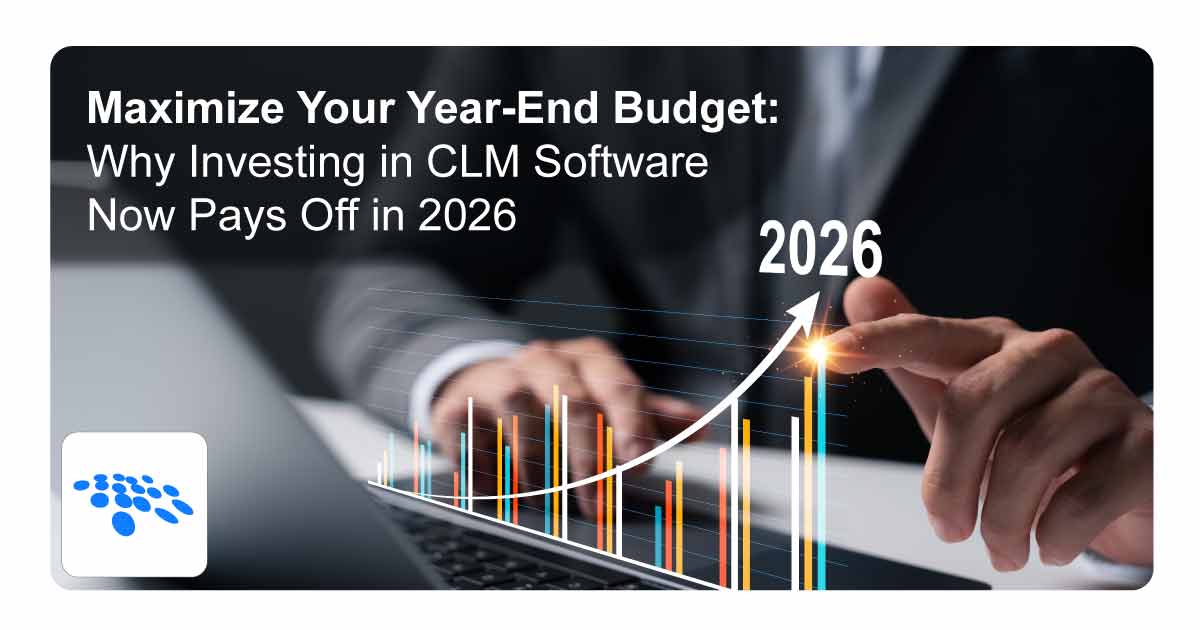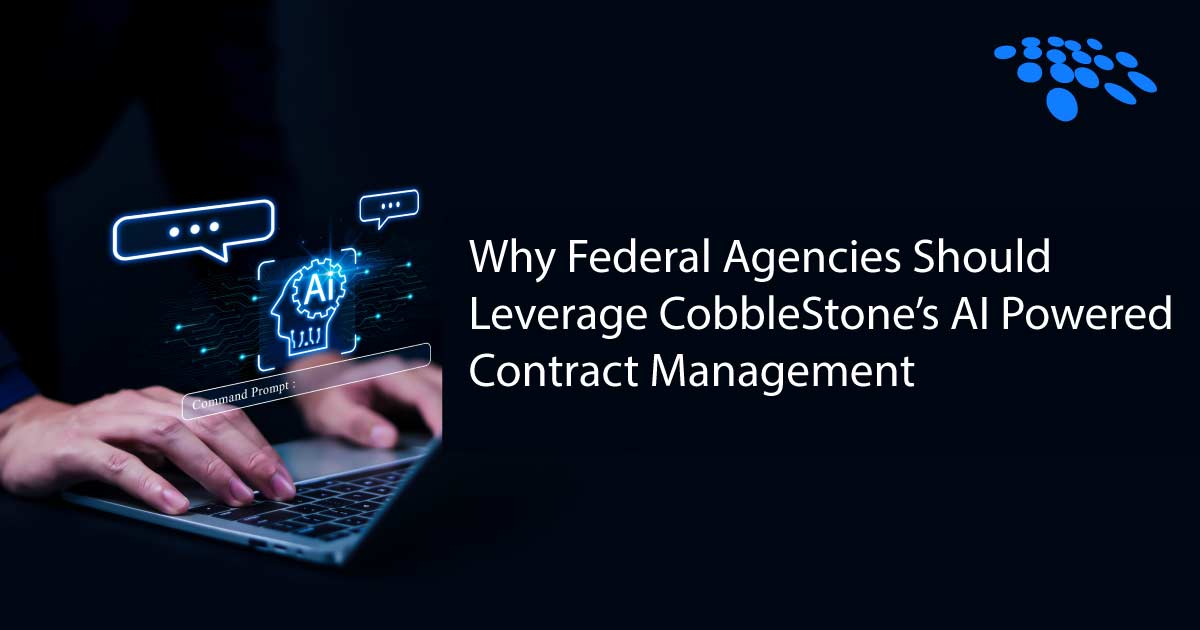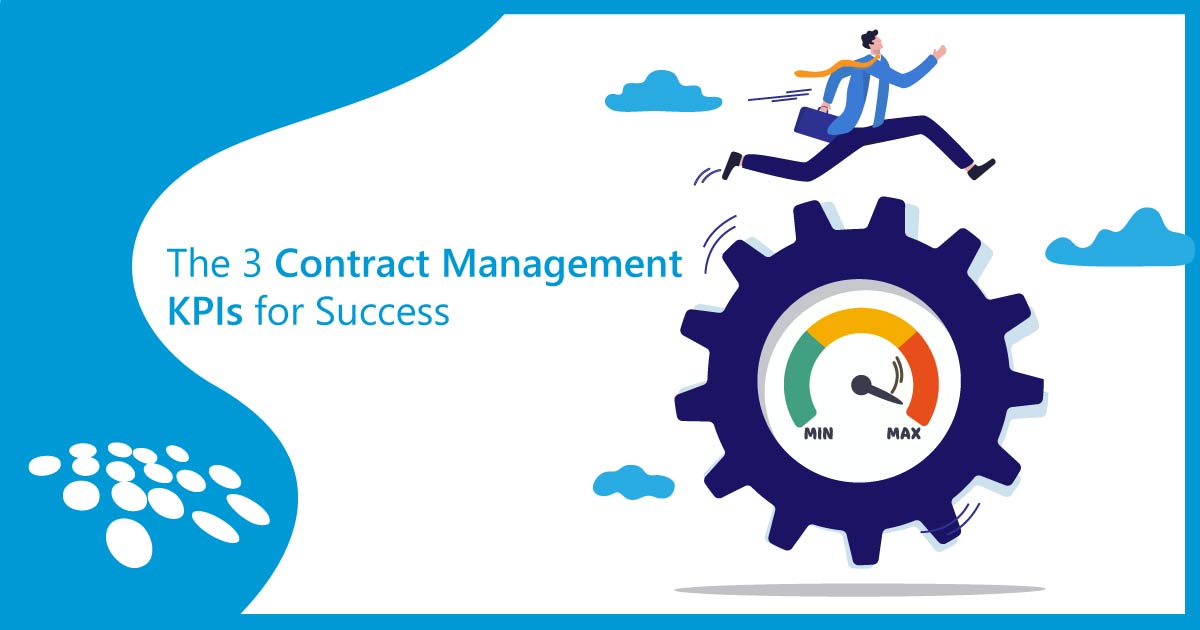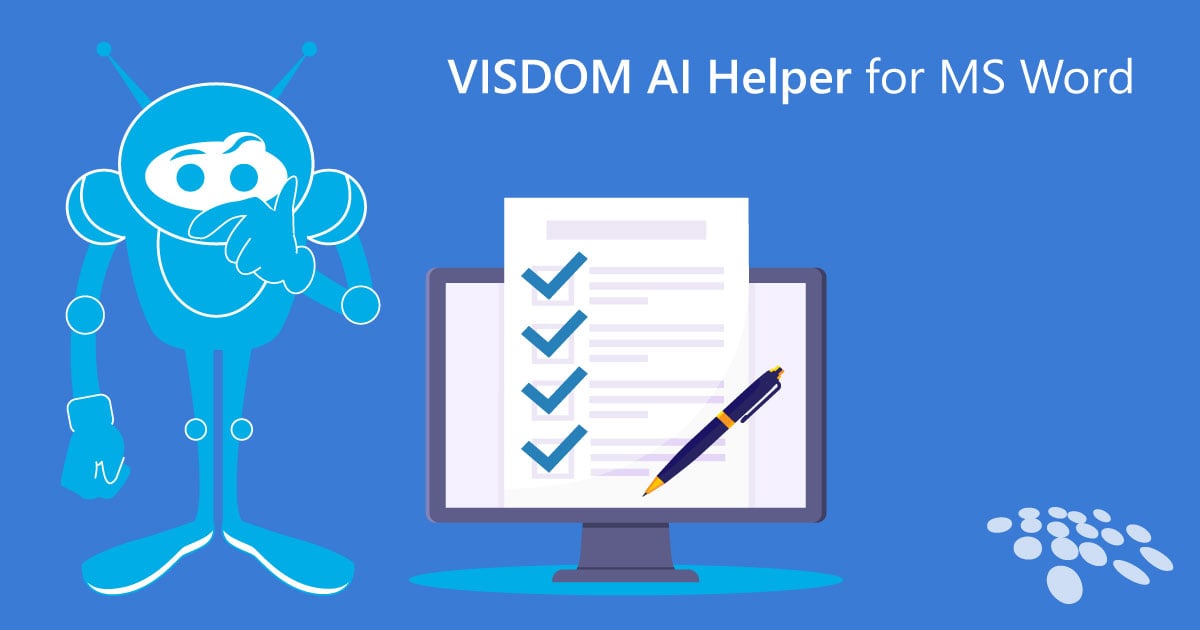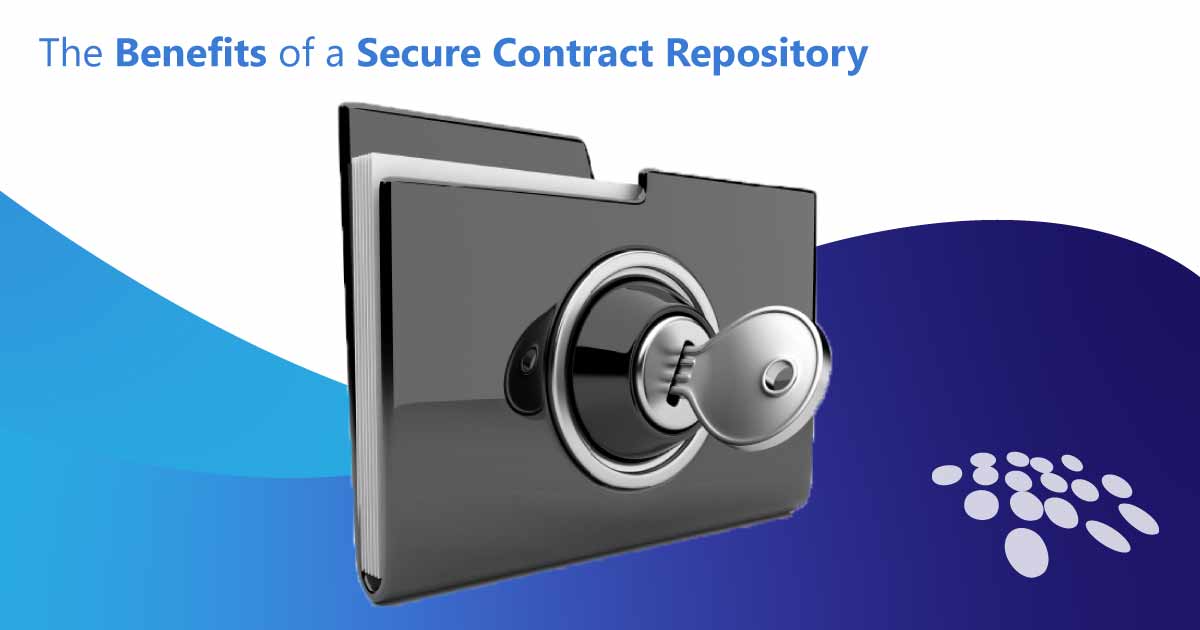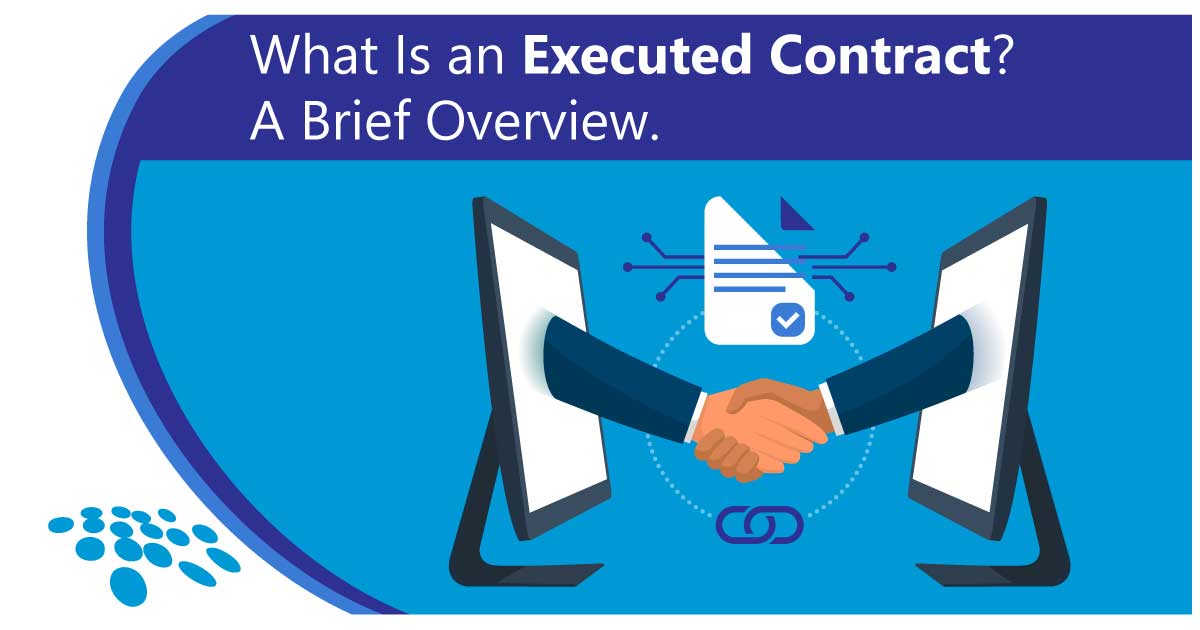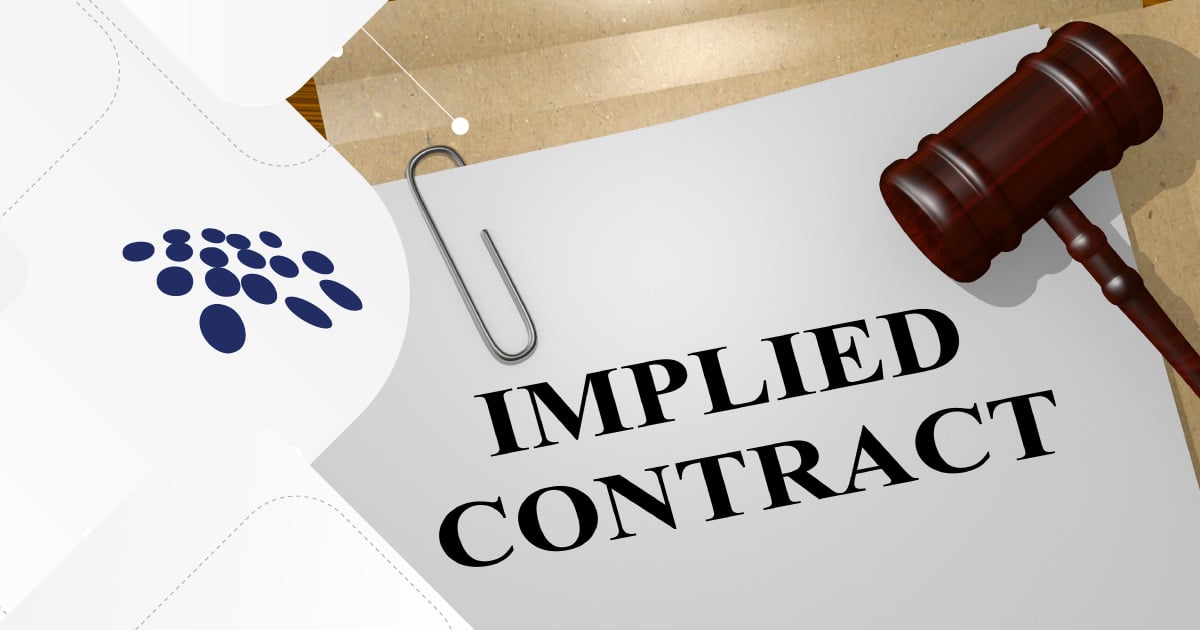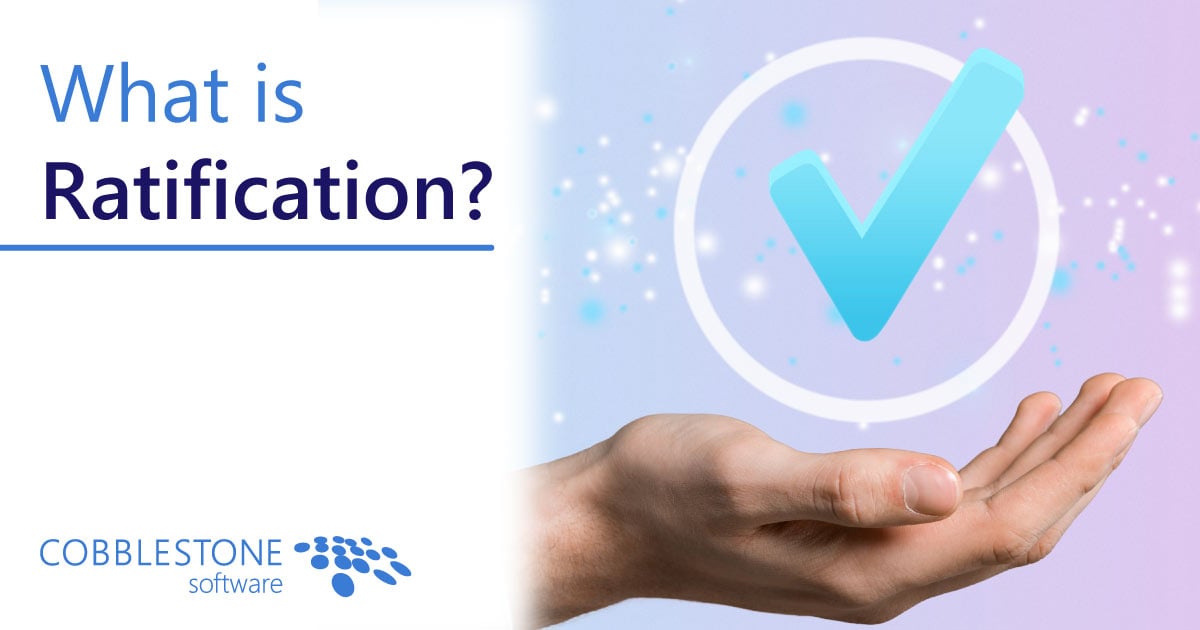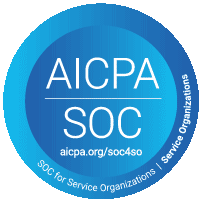
Contracts are a fundamental aspect of virtually any business interaction. They establish the terms and conditions that govern the relationship between the parties involved. However, ensuring contract compliance can be a complex and time-consuming process if performed suboptimally with outdated and inefficient tools and methods. Furthermore, failures in the contract compliance process can result in costly fees, legal issues, and a jeopardized reputation. You ought to be informed to avoid these disastrous consequences. As such, this beginner's guide will explore the contract compliance process and its significance while providing practical examples and tips to help you navigate it effectively.
1. Understanding Contract Compliance
What is the Contract Compliance Process?
The contract compliance process refers to the adherence to and fulfillment of contractual obligations by all parties involved. It is meant to ensure that each party meets its responsibilities, follows the agreed-upon terms, and avoids breaches or disputes. For example, in a construction contract, compliance may involve completing the project within the specified timeframe, using approved materials, and meeting quality standards.
Why is Contract Compliance Important?
The contract compliance process is important for the achievement of several goals:
- Risk Mitigation: By ensuring compliance, organizations can minimize the risk of legal disputes, financial losses, and reputational damage. For instance, if a supplier fails to deliver goods to a buying organization as per the contract, it can lead to delays in production, financial losses, and damage to the company's reputation as a trusted supplier of their particular product - pushing potential buyers into the arms of competitors.
- Relationship Management: Contract compliance fosters trust and strengthens relationships between contract parties, leading to successful long-term partnerships. When both parties fulfill their obligations, it builds a foundation of trust and reliability, enhancing the overall business relationship.
- Operational Efficiency: Following contract terms streamlines processes, reduces inefficiencies, and enhances overall operational efficiency. For example, if a service provider consistently meets the agreed-upon service level agreements, it ensures smooth operations and minimizes disruptions - leading to success and ROI for both parties.
Key Elements of the Contract Compliance Process
To effectively manage the contract compliance process, it is essential to understand its key elements.
Contract obligations involve clearly defining the responsibilities of each party involved in the contract. This process specifies deliverables, timelines, quality standards, and other performance requirements. During monitoring, one tracks contract performance and reports any deviations or non-compliance. This involves tracking key performance indicators (contract KPIs) and promptly addressing issues. Regarding openness, maintaining accurate records of all contract-related activities, including correspondence, amendments, and approvals - ensures transparency and provides a reference for future audits or disputes.
2. The Contract Compliance Process Stages
#1 - Pre-Contract Phase
The contract compliance process begins even before the contract is signed. During this phase, the following steps are crucial:
For contract review, one must carefully review the contract terms and conditions to ensure clarity and feasibility. This process involves analyzing the language used, identifying any ambiguities, and seeking legal advice if necessary. For example, in a software development contract, the review process may involve ensuring that the scope of work is clearly defined, the payment terms are agreed upon, and intellectual property rights are properly addressed.
If any concerns arise during the initial contract review, parties must address them and revise the contract if necessary. These revisions may involve modifying certain clauses, adjusting timelines, or clarifying performance expectations. For instance, in a construction contract, negotiations may be required to determine the penalties for delays or to clarify the materials' specifications. An interface that supports organized and tracked negotiations is critical here.
At the end of the pre-contract phase, parties must provide necessary approvals and ensure proper sign-off on the final contract. This stage ensures that all parties are aware of and agree to the terms and conditions outlined in the contract. For example, in a partnership agreement, sign-off may involve the partners reviewing and signing the agreement to indicate their acceptance of the terms and conditions. A centralized eSignature interface with workflow automation leads to higher success rates than traditional methods like emailed communications.
#2 - Post-Contract Phase
Once the contract is signed, the focus shifts to managing and monitoring the contract compliance process effectively. This phase involves the following steps:
- Establishing Compliance Protocols: Develop a comprehensive contract compliance process plan outlining each party's roles, responsibilities, and processes. This procedure includes assigning a contract manager or compliance officer to oversee and enforce compliance. For instance, in a government contract, a contract compliance process plan may involve appointing a dedicated compliance officer to ensure adherence to regulations and reporting requirements.
- Contract Implementation: Ensure all parties understand and adhere to the contract terms, including timelines, deliverables, and quality standards. This step may involve conducting training sessions, providing documented instructions, and setting up regular communication channels. For example, in an IT service contract, implementation may involve training the client's employees on how to use the new software system and providing ongoing technical support.
- Monitoring and Reporting: Regularly monitor contract performance, track key performance indicators (KPIs), and promptly report any deviations or non-compliance. This can be done through periodic progress meetings, performance reports, or automated monitoring systems. For instance, in a manufacturing contract, monitoring may involve tracking the production output, quality control measures, and adherence to safety protocols.
- Issue Resolution: Address any issues or disputes that arise during the contract period promptly and in accordance with the dispute resolution mechanisms outlined in the dispute resolution clause. Depending on the severity of the issue, this may involve mediation, arbitration, or legal action. For example, in a consulting contract, dispute resolution may involve engaging a neutral third party to mediate disagreements between the consultant and the client. Using a contract management software solution that allows you to standardize your dispute resolution clauses and other clauses within a centralized library makes this even easier.
#3 - Continuous Improvement in Contract Compliance Processes
The evolution of the contract compliance process is ongoing and requires continuous improvement. Here are some strategies to enhance compliance.
- Conduct periodic audits to assess compliance levels, identify areas of improvement, and implement corrective measures. This initiative may involve reviewing documentation and engaging external auditors. For example, in a healthcare contract, audits may be conducted to ensure compliance with HIPAA, HITRUST, privacy regulations, billing practices, and quality standards.
- Provide training and educational resources to all parties involved to ensure a clear understanding of contract obligations and contract compliance process requirements. These educational opportunities may include workshops, online courses, wikis, and other informative materials. For instance, in a supply chain context, suppliers may receive training on product quality standards, packaging requirements, client communications, and delivery procedures.
- Leverage leading contract management software and automation tools to streamline contract compliance processes, enhance visibility, and reduce manual errors. For example, you can use CobbleStone Contract Insight® contract management software as a one-stop shop for contract lifecycle management, AI-powered negotiations with auto-redlining and comprehensive audit trails, electronic signatures, and ad-hoc compliance reporting.
3. Key Takeaways
Managing the contract compliance process is essential for businesses to mitigate risks, maintain strong relationships, avoid legal troubles, and foster operational efficiency. Organizations can successfully navigate complex contractual obligations and stay above the law by understanding the contract compliance process and implementing best practices.
Remember, the contract compliance process is an ongoing endeavor that requires continuous monitoring, improvement, and effective communication among all parties involved. By prioritizing compliance, businesses can build a solid foundation for success and minimize the likelihood of disputes or breaches.
Book a free demo of CobbleStone Contract Insight today to see how you can get started with a better contract compliance process.
*Legal Disclaimer: This article is not legal advice. The content of this article is for educational purposes only. The information on this website may not present the most up-to-date legal information. Readers should contact their attorney for legal advice regarding any particular legal matter.










